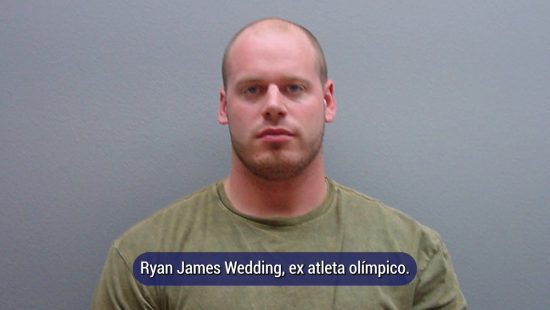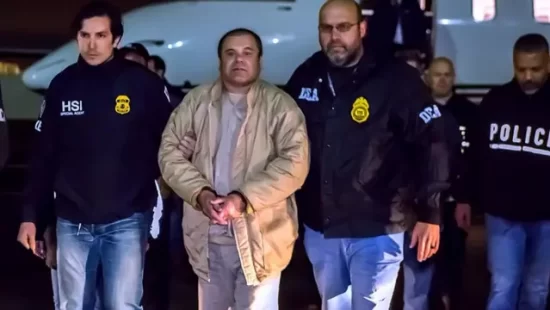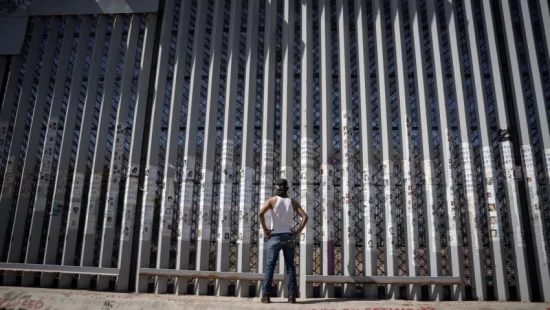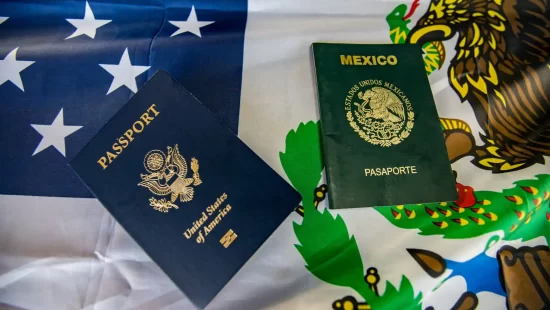No sign announces the mass grave at the Dolores Civil Cemetery. Unlike the well-marked Rotunda of Illustrious Persons, where figures such as composer Agustín Lara and writer Rosario Castellanos rest, this space remains as anonymous as its occupants.
It is August 21, 2025. There are nine other graves in the earth; here, fifteen years after their murders, the bodies of eight men and one woman, who have not yet been identified, will be placed. These are the 72 migrant victims of the San Fernando massacre in Tamaulipas.
The deterioration suffered by the authorities’ negligence, poor forensic management, and the lack of cooperation between countries have prevented their names and surnames from being known.
“Of the nine bodies awaiting identification, one remained at the Incifo [Institute of Forensic Services and Sciences of Mexico City] due to an error in the death certificate, but the remaining eight were buried in the Dolores cemetery. They have already been fully studied, but that doesn’t mean they can’t continue to be identified,” Fabienne Cabaret, director of the Foundation for Justice and the Democratic Rule of Law (FJEDD), explained in an interview.
To date, 63 bodies have been returned to their families in Guatemala (13), Honduras (26), El Salvador (14), Ecuador (5), Brazil (4), and India (1).
On the night of August 21, 2010, a group of 77 migrants was kidnapped while passing through San Fernando, en route to the United States. Armed men stopped the two buses they were traveling on and took them to a warehouse on the El Huizache ranch. There, they were invited to join organized crime. Those who refused were killed, their hands tied and eyes blindfolded, and piled up next to a stone wall.
The Mexican government learned of the massacre from Freddy Lala Pomavilla, a young Ecuadorian man who, after being shot in the face, pretended to be dead and then walked to a military post. On August 24, marines, guided by his testimony, found 14 women and 58 men murdered. The following night, Felipe Calderón’s presidency made the survivor’s account public and blamed the criminal group Los Zetas. The fate of the four migrants who were not found dead was never explained.
On August 25, the bodies began to be transported to the San Fernando Naval Operations Base in pickup trucks; due to the number of bodies, some remained exposed to the open air for up to five days in the middle of summer. Others were taken to a local funeral home and left lying on the ground due to lack of space. The truck that transported them to Mexico City was not refrigerated. Upon arrival, they were left exposed to the elements for weeks before being embalmed.
According to the National Human Rights Commission’s recommendation 80/2013, issued on December 23, 2013, state and federal prosecutors’ offices violated protocols for handling human remains and crime scenes.
The massacre demonstrated the barbarity of the violence perpetrated by criminal groups and the vulnerability of the migrant population. It also remains a reminder of the impunity suffered by the victims, as to date no one has been convicted for these murders.








